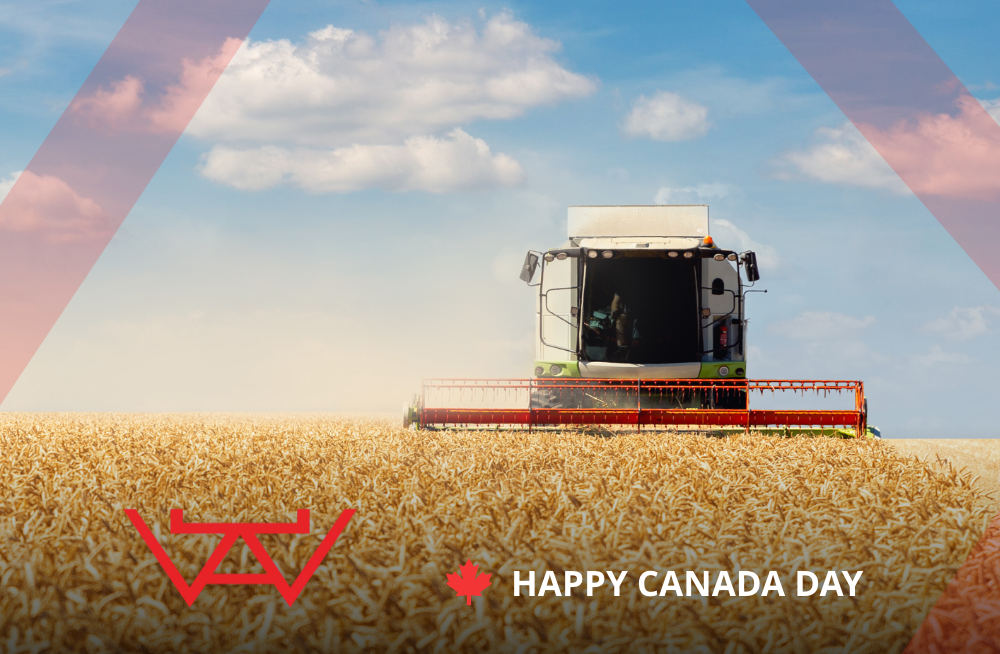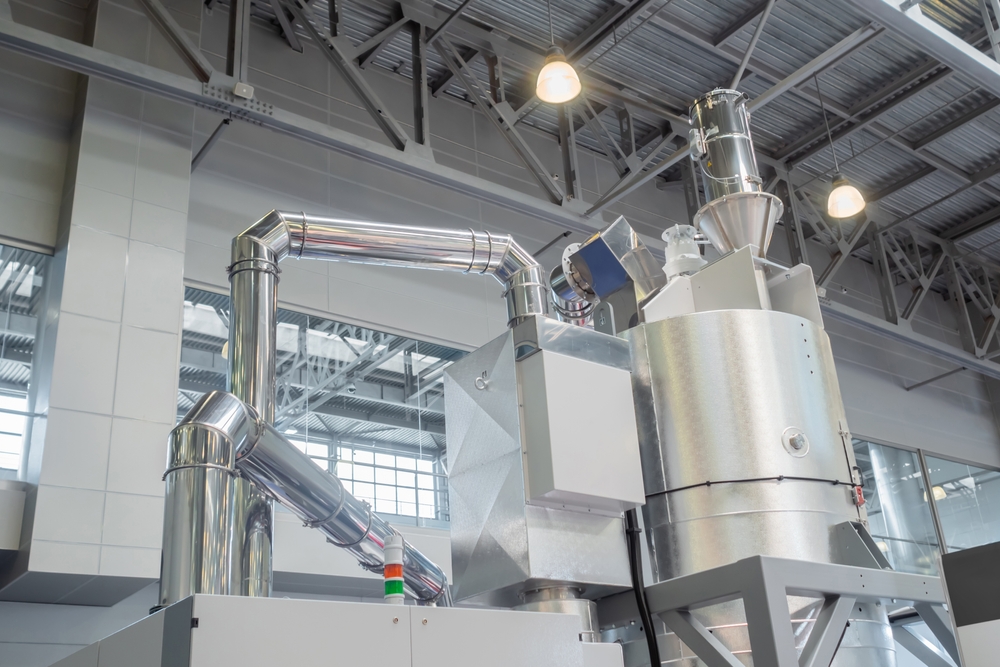Scales FAQs: What is the difference between readability and accuracy?
Scales with high readability are more accurate than scales with low readability and higher capacity, right? Wrong. That’s because readability and accuracy aren’t the same things. A scale with high readability may still be inaccurate, and you need to know why to avoid bad measurements. Here are the differences between readability and accuracy.
What’s scale readability?
Scale readability is the smallest increment the displayed weight can change as weight is added to or removed from the scale, usually defined as the number of zeroes past the decimal point. For example, a precision balance may have a readability of 0.01 milligrams, whereas a high-capacity platform scale may have a readability of 50.0 grams. Smaller readability typically means a higher degree of accuracy, but only sometimes.
Repeatability and maximum uncertainty tolerance
Besides readability, you also need to consider repeatability and maximum uncertainty tolerance.
-
Repeatability is the ability of a scale or balance to repeat the same measurement for a given load under the same conditions. The value is the standard deviation of more than 10 multiple tests and is denoted as Rstd.
-
Maximum uncertainty tolerance is your acceptable level of uncertainty: the lower your uncertainty tolerance, the more accurate your scale needs to be. If your uncertainty tolerance is 0.1 per cent, you need more accuracy than if your tolerance is one per cent.
Calculating your scale’s minimum weight
There’s a simple calculation that’ll tell you if the scale you want to use is accurate enough for your application:
2 x Rstd (repeatability) / T (tolerance) = W (minimum weight)
So, let’s say you want to measure something about 100 milligrams, the balance’s repeatability is 0.01 and your maximum uncertainty tolerance is 0.1 per cent. Your equation would look like this:
2 x 0.01 / 0.001 = 20 mg
The calculation shows that the scale can weigh as little as 20 milligrams and stay within your uncertainty tolerance, which means the scale is accurate enough for your needs. However, the scale wouldn’t be accurate enough to weigh something that’s only 10 milligrams with the same uncertainty tolerance.
Scale calibration
Using repeatability and uncertainty tolerance can help you avoid inaccurate results, even though your scale may have a high readability.
Furthermore, having your scales calibrated and maintained by a professional scale technician will ensure your scales are delivering accurate results.
Scale calibration and certification in Red Deer, Calgary and Swift Current
At Accurate/Western Scale Co. Ltd., we provide scale calibration, certification and maintenance services to ensure maximum accuracy for your business. Measurement Canada accredits our technicians as authorized scale inspectors, so all our work is legal for trade. Contact us today to schedule maintenance work for your scales.





